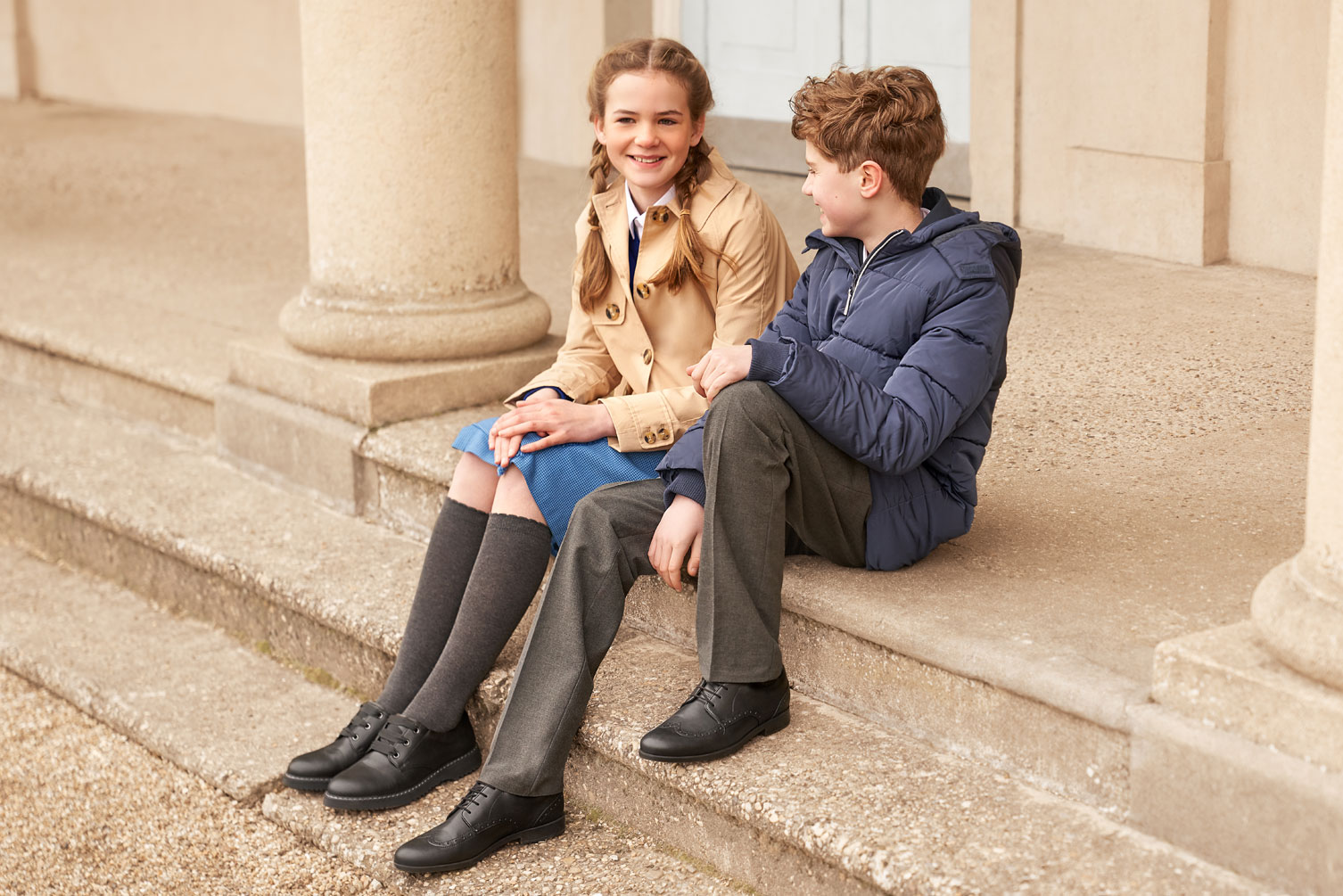
Over recent years, there has been a strong increase in the number of people choosing a wholly vegan lifestyle or just to incorporate more vegan practices into their life. Part of that involves making decisions about what kinds of shoes to buy, with questions of how they’re made and their ecological impact being paramount.
As leather is such a hard-wearing material for shoes, it has been a mainstay of shoe-making for hundreds of years. In fact, here at Start-Rite, leather has been a key material in our collection since our inception in 1792. When it came to non-leather avenues into our range, such as our vegan friendly school shoes and our summer natural cotton canvas designs, our priority was to ensure that these styles could stand up to the challenges of British weather and all the rough and tumble of a child’s day.
Below, we explain a little about our vegan-friendly non-leather shoes and why you can rely on them to stand up to the test of time.
Vegan fabrics are often made from synthetic (i.e. man-made) materials with a polymer top coat, but they can also be made from natural materials such as pineapple leaves, cork or other fruit waste. However, as these are newly explored materials still in the early stages of testing and development for footwear, they currently do not meet the high standards required for use in Start-Rite’s children’s shoe collections.
The vegan-friendly material we use in our vegan collection has been manufactured specifically to mimic the characteristics of natural cowhide, without any animal derivatives in the material. It is soft, lightweight, breathable, durable and just as water resistant as our main range of leather footwear.
Though there are a few clear differences between leather and vegan leather, they’re not entirely opposite choices. While vegan leather contains no animal derivatives, it can be argued that leather is a similarly responsible choice, as its production allows us to recycle and reuse by-products of the meat industry which would otherwise go to waste. Whichever you choose, you can be sure that Start-Rite shoes are made with responsible business practices which help to limit the ecological impact of production.
If you are looking to take a step forward with purchasing a pair of our vegan-friendly leather shoes, you will find that our standards for durability are set as high as our standards for our leather school shoe collection. However, whichever material you choose, it’s important to protect your child’s school shoes in preparation for the wear and tear of school life.
The principles for protecting vegan-friendly leather are the same as for leather shoes and we always advocate showing school shoes a little care and attention on a daily basis. This will also prevent the build-up of dirt or tough stains.
The first step after a busy school day is to allow the shoes to dry out before wiping down the shoes using a soft, dry brush dipped in warm water. Then use a soft cloth to dry off any residual water.
The second step is to check the material for any remaining dirt. If water alone hasn’t removed it, then a gentle soap may be the answer. Add a small amount to a damp cloth and dab at the dirt until it has disappeared. Then, wipe away any soap residue with first a damp cloth, then a dry one.
Next, you can use a leather polish to help your little one’s shoes to look their best ready for another busy day at school. Once that’s done, apply a waterproof protector to create a barrier layer which protects the base material of your child’s shoes while they’re wearing them. This protective layer naturally wears off as your child uses their shoes, so it’s good practice to reapply it every week.
Whether you’re 100% vegan or just want to be more ecologically responsible in your day-to-day life, we hope you can find the perfect pair of vegan-friendly school shoes for your little ones in our growing collection.
Author: Vista, published 22-08-2024.